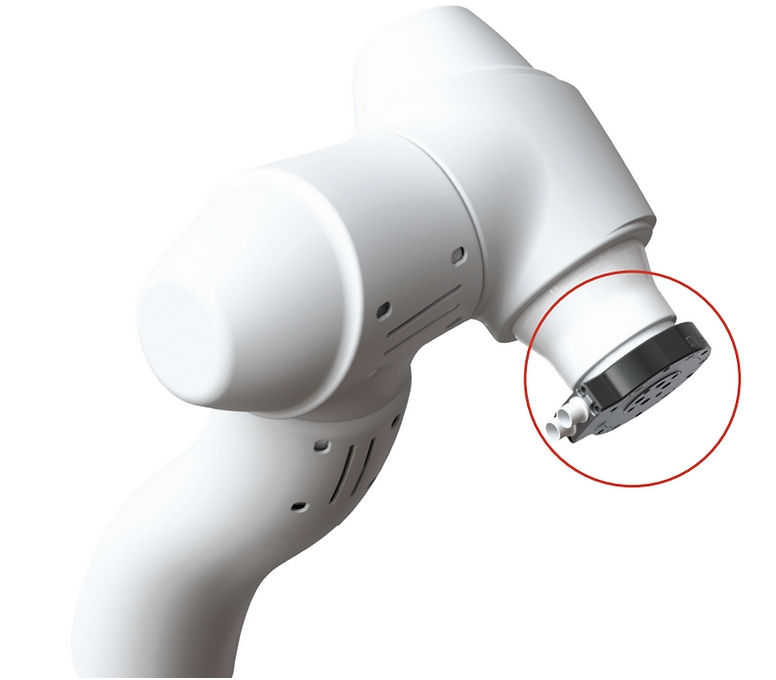Forces and moments generated during extrusion of a maxillary central incisor with clear aligners: an in vitro study
- yjpark89
- Aug 13, 2024
- 2 min read

Objective
To assess the possibility of extrusion of a maxillary central incisor with the use of buccal and lingual pressure columns in the absence of attachments, and to evaluate the forces and moments experienced by the teeth using both thermoformed and 3D-printed clear aligners.
Materials and methods
A three-axis force and moment sensor (Aidin Robotics, Anyang, South Korea) was used to measure the forces and moments during extrusion of an upper left central incisor (UL1) and any forces experienced by the upper right central incisor (UR1) using thermoformed aligners and 3D-printed aligners. For the thermoformed aligners, the materials used were ATMOS® (American Orthodontics, Sheboygan, WI) and Zendura FLX® (Bay Materials LLC, Fremont, CA). 3D-printed aligners were fabricated using TC-85 clear photocurable resin (Graphy Inc., Seoul, South Korea). For each material type, three conditions were tested: Group 1: No attachment or pressure columns (control); Group 2: Attachment only; and Group 3: Pressure columns only. Each group was planned for 0.5 mm of extrusion on the UL1.
Results
All force readings collected demonstrated statistically significant differences when compared by materials and when compared by groups, with a P value of < 0.001. In the absence of attachment or pressure columns (Group 1), ATMOS® and TC-85 groups exerted extrusive force on the UL1. However, significantly lower forces and moments were exerted by the TC-85 group in comparison to the ATMOS® and Zendura FLX® groups. In the presence of attachment (Group 2), all three ATMOS®, Zendura FLX® and TC-85 groups exerted extrusive force on the UL1, with the TA group showing different directions of faciolingual force, mesiodistal force and faciolingual inclination on the UR1 when compared to the other two thermoformed groups. Whereas in the presence of pressure columns (Group 3), only the TC-85 3D-printed aligner group exerted extrusive force. Thermoformed aligners generated significantly higher mean forces and moments than 3D-printed aligners. Significant levels of unintended forces and moments were present in all groups.
Conclusions
Force levels generated during extrusion with clear aligners are significantly lower with those 3D-printed using TC-85 than with those thermoformed using ATMOS® or Zendura FLX®. Attachments consistently generated extrusive forces, and may be an effective adjunct in achieving extrusion of incisors. Extrusion may be achieved without the use of attachments by utilizing pressure columns in 3D-printed aligners using TC-85. While different strategies can generate extrusive forces, there are significant unintended forces and moments.
[Related Link] https://link.springer.com/article/10.1186/s12903-023-03136-2


RIKVIP mang đến không gian giải trí đỉnh cao với các trò chơi đổi thưởng hấp dẫn. Truy cập rikvip za com để khám phá RIKVIP CLUB và nhận cơ hội thắng lớn từ những sự kiện khuyến mãi hấp dẫn mỗi ngày.